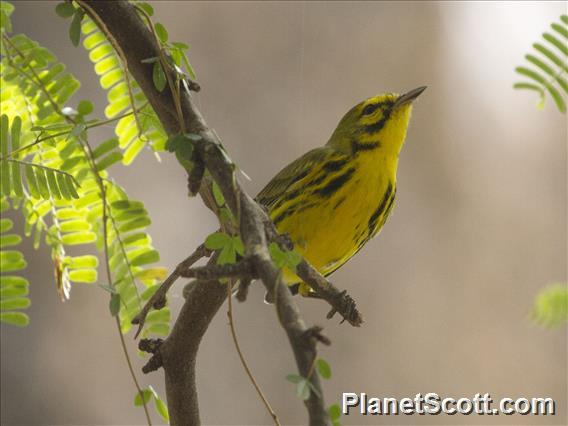Prairie Warbler (Setophaga discolor)

Prairie Warbler (Setophaga discolor)
×


Prairie Warbler (Setophaga discolor)
About Prairie Warbler (Setophaga discolor)
- Kingdom: Animals
- Phylum: Chordates
- Class: Birds
- Order: Perching Birds
- Family: New World Warblers
The prairie warbler is a small songbird of the New World warbler family.
Source: Wikipedia
Visits
-
2007-06-14
Cape May National Wildlife Refuge - Deleware Bay, United States of AmericaWoodcock Trail. -
2014-01-22
Cabo Rojo - Pedernales, Dominican Republic -
2014-01-26
Los Haitises National Park, Dominican Republic -
-
-
-
-
-
-
-
-
-
-



